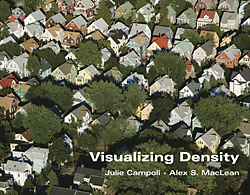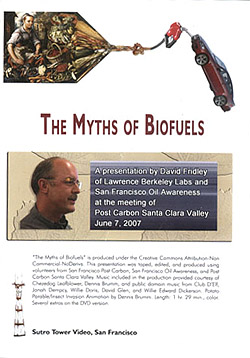
|
||
|
Issue 48 |
|
10 November 2007 |
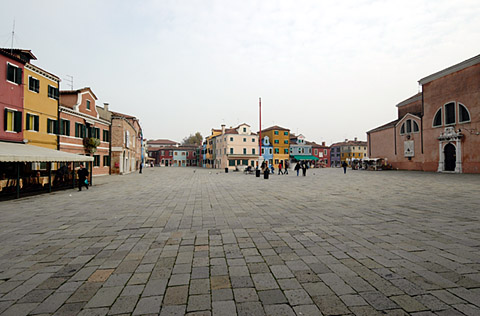 Piazza Galuppi, Burano, Venice ©2005 J.Crawford AnnouncementsCarfree Design ManualThe drawings are done, the photographs are ready, some of the text is out for proof-reading, and I still have to fiddle with four chapters.Carfree Cities AvailabilityBoth the paperback and hardcover editions of Carfree Cities are widely available. For details, see the Ordering Information page.Support for Carfree.comEd Beale paid for October, November & December 2007. Dr. Irving Rudman paid for January 2008. Thanks to all our contributors for their generosity. If you can consider making a contribution, please see the Support Page.ThanksThanks to the many stringers who forward stories to Carfree Times. I have stopped naming people for fear of slighting someone by overlooking a name.
Carfree.com supports World Carfree Network (WCN) by posting the most important network announcements here. Visit the
WCN web site for full information regarding the Network's activities.
|
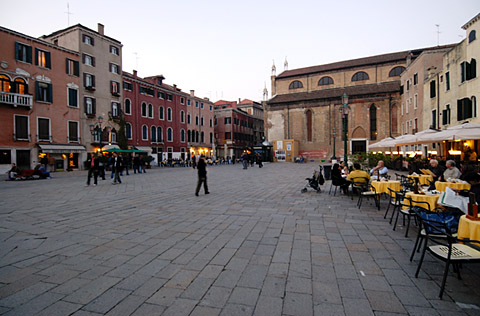
©2005 J.Crawford The Larger Squares of VeniceThis issue carries some photographs of the larger squares in Venice. I plan to run photographs of the smaller squares in the next issue.Piazza San Marco deserves an issue of its own, which it will get some day. Despite having hundreds of photographs of it, I do not have enough good ones. I have never really come to terms with this huge and wonderful square. I do not know how to represent it properly.
News Bits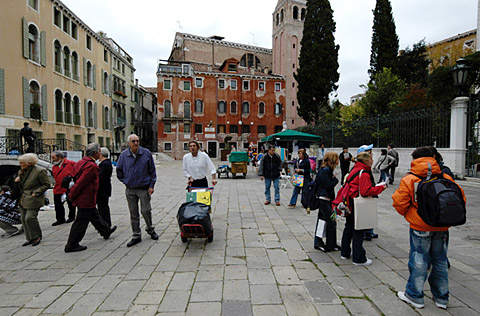
©2005 J.Crawford World Carfree DaySome highlights as provided by World Carfree Network:
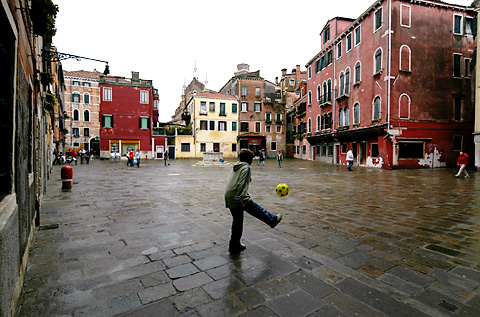
©2005 J.Crawford Carfree GamesThe 2014 Commonwealth Games may be held in Glasgow. And they may be carfree. Organizers promised carfree Games, with spectators travelling on free public transport. There would be no public parking at the venues. Ticket holders would receive passes for buses and trains. Organizers hope many will bike or walk. Public transport would receive priority at traffic signals.
"Glasgow 2014 Commonwealth Games Car Free Ė 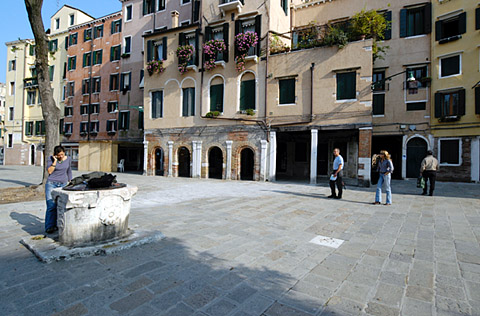 ©2005 J.Crawford Not on My Roads You Don't. . . YetPremier John Brumby of Victoria State in Australia has "vowed to crush a move by Melbourne City Council to host a car-free day in the CBD." The council had decided, at the behest of young environmentalists, to consider a carfree day.The city's roads are controlled by the state, and the Premier vowed that a carfree day would not be allowed. "I don't think the city would cope," he said. Nicholas Low, on the faculty of Architecture, Building, and Planning at the University of Melbourne, responded in an article entitled, "A car-free city centre by 2030:" Cities worldwide are ending their reliance on cars to remake their centres into beautiful environments for living, playing, working and shopping.He goes into considerable detail regarding the practical details. The article ends with links to World Carfree Network and Carfree.com. Watch out, Mr Brumby. Somebody is gaining on you. He's probably on a bike.
"Premier vows to crush car-free day in city" 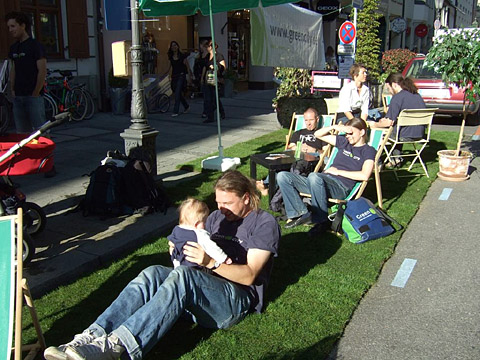 PARK(ing) Photo by greencitywaba PARK(ing) DayPARK(ing) Day is a global event that was conceived by REBAR, a San Francisco-based art collective. Artists, activists, and citizens briefly transform parking spots into "PARK(ing)" spaces: temporary public parks. The Trust for Public Land promoted National PARK(ing) Day in a dozen major US cities. PARK(ing) also happened in London, Utrecht, Munich, Vilnius, Barcelona, Valencia, Toronto, Rio de Janeiro, and Melbourne, among other places. The mission:To rethink the way streets are used, call attention to the need for urban parks, and improve the quality of urban human habitat. . . . at least until the meter runs out!I think this activity really brings home just how much space we give to cars, and how much better our lives could be if we reclaimed at least some of that space. A parking space really isn't all that big, but you can do big things with one. I find this kind of low-budget, high-imagination project to be just what we need. If this were to be done on a fairly large scale, it would have at least as much impact as carfree days. And it looks like fun! 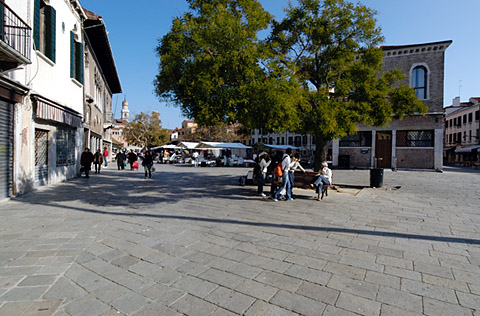 ©2005 J.Crawford Paved ParadiseIn Tippecanoe County, Indiana, (population 150,000), there are 250,000 more parking spaces than registered vehicles. The county's parking lots occupy more than two square miles, not even counting the driveways or street-side parking. There are, in fact, 11 parking spaces for every family.The reaction of locals to this news? "Are you crazy? I can never find parking where I'm going!" The Salon.com article continues: That's the paradox of parking. No matter how much land we pave for our idle cars, it always seems as if there isn't enough. That's America. We're all about speed and convenience. We don't want to walk more than two blocks, if that. . . .Minimum parking requirements surfaced in the 1920s, and municipalities began requiring businesses to provide parking. In 1946, only 17% of cities had parking requirements, but within five years, 71% had adopted them. The American Planning Association's Parking Standards is 181 pages long and lists minimum parking requirements for "everything from abattoirs to zoos." To Donald Shoup, of UCLA, parking requirements are a "bane of the country." He said, "Parking requirements create great harm: they subsidize cars, distort transportation choices, warp urban form, increase housing costs, burden low income households, debase urban design, damage the economy, and degrade the environment," he wrote in The High Cost of Free Parking. (Read review.) Maybe he never noticed how ugly it was, too. The costs of free parking are large. The city of Oakland started requiring apartments to have one parking space per apartment in 1961. The cost of an apartment promptly increased by 18%. Urban density declined by 30%. Downtown Albuquerque, New Mexico, devotes more land to parking than all other land uses combined. Olympia, Washington, discovered that parking and driveways occupied twice as much land as the buildings that they served. And it's not just the costs or the land take. Patrick Siegman, a transportation planner, said: Americans love traditional American small towns, main streets and historic districts.The direct environmental effects are significant. Parking collects pollution, which then washes into streams during rain storm. Storm water runoff may be 25 times as great as from agricultural land, increasing flood risks. Asphalt contributes significantly to the heat island effect and may even affect local weather. Shoup's preferred solution is market pricing. Demand in congested areas would be reduced by the high price. The good old-fashioned parking meter may enjoy a comeback, but the rates are not going to be a nickel an hour. They will have to be rebuilt to accept dollar coins. Shoup gets the last word: I think that we've done things wrong for so long that it takes a while to break all our bad habits of wanting to be freeloaders.
"We paved paradise" 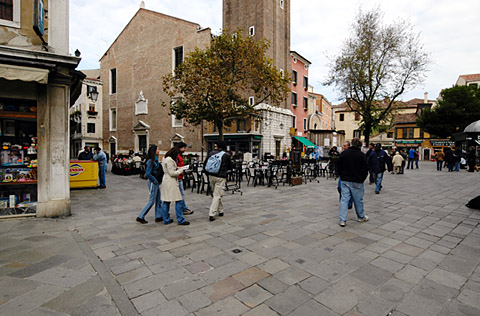 ©2005 J.Crawford Longer Life in New York City, More Money in PortlandThe life expectancy of New Yorkers is now 78.6 years, nine months longer than the US average. But why? Researchers have attributed their longevity to better health than is typical in the rest of the country. They may simply be healthier because they walk so much, unlike the rest of the country, which is trapped inside SUVs. Declining pollution levels probably also play a role.In Portland, Oregon, residents save $2.6 billion a year because they drive 20% less than other Americans. Most of the savings are thought to be spent locally on housing, entertainment, and food. Portland residents walk more than average and presumably enjoy a similar health benefit to New Yorkers. They live in compact communities, closer to work and home, so commuting, by whatever means, takes less time. They have a reasonably good public transport system.
"City Dwellers Live Longer, Save More by Driving Less" 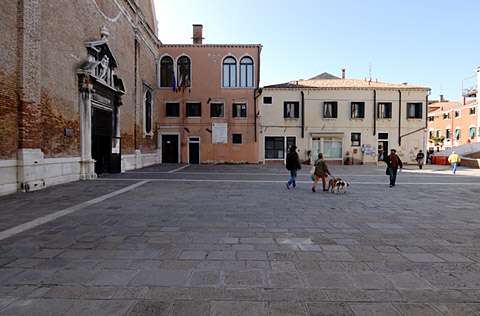 ©2005 J.Crawford Health, Energy, and TransportA recent article in The Lancet considered the health impacts of transport. The study is perhaps most remarkable for the strong thread of socio-economic justice that runs through it - poor people have the least benefit from transport but often suffer the greatest health losses from it. A few highlights:
"Energy and Health 3: Energy and transport" 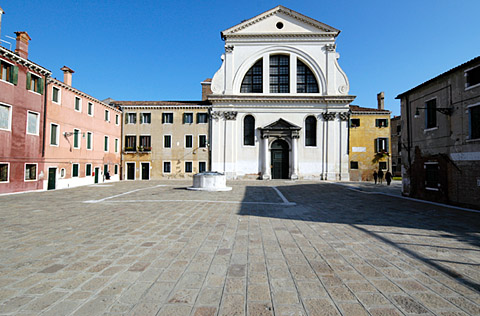 ©2005 J.Crawford There Are No Green CarsNo car is "green," "clean," or "environmentally friendly," according to strict advertising guidelines now in effect in Norway. "Cars cannot do anything good for the environment except less damage than others," said Bente Øverli, of the state-run Consumer Ombudsman. Many major automakers had used advertising phrases this year that the watchdog judged misleading.A Toyota advertisement for the Prius had described the gasoline-electric hybrid as "the world's most environmentally friendly car." "If someone says their car is more 'green' or 'environmentally friendly' than others then they would have to be able to document it in every aspect from production, to emissions, to energy use, to recycling," she said. "In practice that can't be done." Carmakers risk fines if they use the words. They may only give information that can be documented.
"Norway says cars neither "green" nor "clean"" 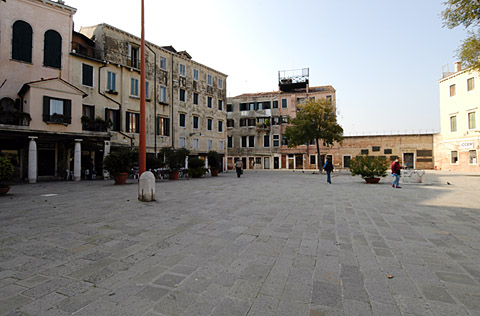 ©2005 J.Crawford Peak Oil, Coming to a Planet Near You, NowMaximum oil output has been reached, and production will fall by half by 2030, according to a new report. War, economic crises, and disaster are foreseen. The report from the German-based Energy Watch Group says world oil production peaked in 2006 and will begin to drop by around 3% a year. The report also warns that coal, uranium, and other fossil fuels are in decline. Humanitarian disaster is seen as a likely result.Leo Drollas, who leads oil and gas market analysis at the Center for Global Energy Studies in London, claims that there are plenty of supplies and no looming crisis. He called the report "scaremongering." He admits that production could slow some day, but only because new reserves will be considered too difficult or expensive to extract. "Oil could be left in the ground and we could move on to another fuel in the future, not because we're running out of oil but because, economically speaking, it is not worth extracting the oil." I am unclear about "another fuel." Close to press time, crude oil was trading near $96/barrel, the highest level in history even when adjusted for inflation, itself largely a result of 35 years of rising oil prices.
"Report: 'World at peak oil output'" 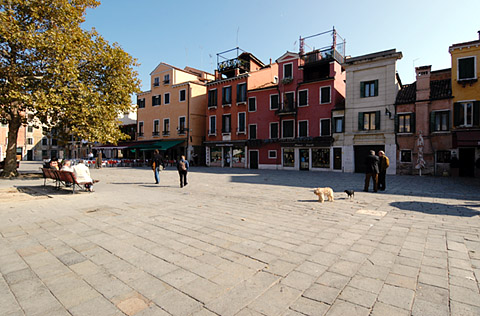 ©2005 J.Crawford A Streetcar I DesireA streetcar powered by a lithium battery that can recharge in under a minute has been developed by the Railway Technical Research Institute in Japan. The vehicle begins testing in Sapporo this month, to verify its capabilities. When powered solely by the onboard battery, the vehicle has a range of 15 km at a top speed of 40 km/hr. Part of the reason for the long range is that 70% of braking energy is converted into electricity and stored in the battery. At recharging stations, where the pantograph contacts an overhead wire, the battery is quickly charged. The streetcar uses about 10% less power than conventional streetcars.I have been searching for ways to rapidly install street-running rail systems. The greatest barrier, and one of the greatest costs, has been the installation of the overhead power system, which is also a blot on the face of the city. I had earlier proposed fuel-cell trams (Japan is already testing fuel-cell rail vehicles), and short-wire trams, which resemble the battery-powered trams in most respects, except that my proposal called for super-capacitors instead of batteries. I still think that this may be a more efficient solution, as capacitors are well suited to the very high charge and discharge rates needed for short-haul, street-running trams. I am gratified that others think this problem needs a solution, and I am now confident that one will emerge. It will revolutionize urban transport.
"Tram runs on Lithium battery and recharges in under a minute" |
EditorialCarfree in America? Surely You're Joking!By J.H. CrawfordSince returning to the USA a year ago from long residence in Europe, I have been struck by the differences between here and there.Americans must find the entire idea of carfree life a near impossibility. Take the example of the Livingston (New Jersey) Town Center. This is a reasonable (if incredibly expensive) New Urbanist project in the center of Livingston. (I use "center" advisedly - the town has no real center; the project is at the intersection of two of the most important streets in the town.) This is a mixed-use development, but mixed only if you need gourmet popcorn or pricey kitchen equipment. There is no grocery store or hardware store, or anything that you might really need. Life there would be exceptionally difficult without a car. A few buses come along now and then, but the town is so spread out and so lacking in focus that to meet one's daily needs using only a bus or by walking would be all but impossible. (Traffic is so heavy and fast that I would fear to cycle, although some people do.) The situation is much the same across the USA. Single-use zoning, low-density development, and space-hogging automobile infrastructure make life without driving seem a fanciful notion. Everything is far from everything else, so walking is impractical. The infrastructure is so oriented to serving car drivers that cycling is made unreasonably difficult and dangerous, and once again the distances are daunting. Everything is so spread out that decent public transport is essentially impossible to provide. If we are going to make progress in the USA, we will have to build some demonstration projects, or else take the cars out of New York City, which would actually be a fairly simple task, given New York's density, the penchant of its citizens to walk, and the reasonably good public transport already in place. Americans will have to experience life without cars before they will believe that it is possible. Let's get to work on those demonstration projects.
Books & Films
Condensed from the Abstract: The American Dream of a single-family home on its own expanse of yard still captures the imagination. But with 100 million more people expected in the United States by 2050, rising energy and transportation costs, disappearing farmland and open space, and the clear need for greater energy efficiency and reduced global warming emissions, the future built environment must include more density. Consumer demand for more walkable, mixed-use, and concentrated neighborhoods is already on the rise among some demographic groups. But for others, density continues to have negative connotations. In many established urban neighborhoods, concerns about traffic congestion and parking, and strains on infrastructure, schools, and parks have led to resistance to more concentrated settlement patterns. Campoli and MacLean have joined with the Lincoln Institute to create a full-color, richly-illustrated book to help planners, designers, public officials, and citizens better understand and communicate the concept of density as it applies to the residential environment. Visualizing Density includes an essay on the density challenge, an illustrated manual on planning and designing for "good" density, and a catalog of 250 diverse neighborhoods across the country. Density for each neighborhood is given as dwelling units per acre. Photographs of each location are included. Plan views are also included. Campoli stated at a recent conference, "We donít have a density problem. We have a design problem."
This is the best single explanation of the problems with biofuels I have seen. The short and simple answer is that biofuels are no answer to our energy and emissions problems. In fact, they generally make things worse. Sorry. It gets a bit schmaltzy in a couple of places, but you can fast-forward.
Hot New LinksThe links below will open in a new browser window:
How to Build a Village by Claude Lewenz The Humanitarian Impact of Urbanisation The Task Force for Child Survival and Development Ideas for 7 October, Radio New Zealand (includes an interview with J.H. Crawford) [ASX file!] Efficient Vehicles Versus Efficient Transportation: Comparing Transportation Energy Conservation Strategies from VTPI [PDF!]
About Carfree TimesNext Issue
Subscribe to Carfree Times
Write for Carfree Times
Statement of OwnershipCarfree.com is wholly owned by Joel Crawford, the legal name of author J.H. Crawford. Its operation is financed by J.H. Crawford, with the help of some generous donors since 2004. It generates no revenues directly but does help support sales of Carfree Cities. Carfree.com accepts review copies of books but makes no commitment to review them. J.H. Crawford receives no commissions from the sale of books mentioned on Carfree.com. The views expressed at Carfree.com are those of J.H. Crawford, except for articles, letters, and editorials that carry the names of other authors. The inclusion of these signed texts is at the sole discretion of J.H. Crawford, who does not necessarily agree with the views expressed. All other content, except quoted material, is written by J.H. Crawford. E-mail announcements of new issues of Carfree Times are mailed to approximately 800 subscribers. A rough estimate of first-year circulation for each new issue is 5000. All the issues ever published are still being read. |
| Editor | J.H. Crawford |
| Send e-mail | |
| URL | http://www.carfree.com/
|
![]()
Back to Carfree.com
Carfree Times Home
Back to Carfree Times Issue 47
Forward to Carfree Times Issue 49
About the book: Carfree Cities
E-mail
carfree.com
Copyright ©2007 J.Crawford

